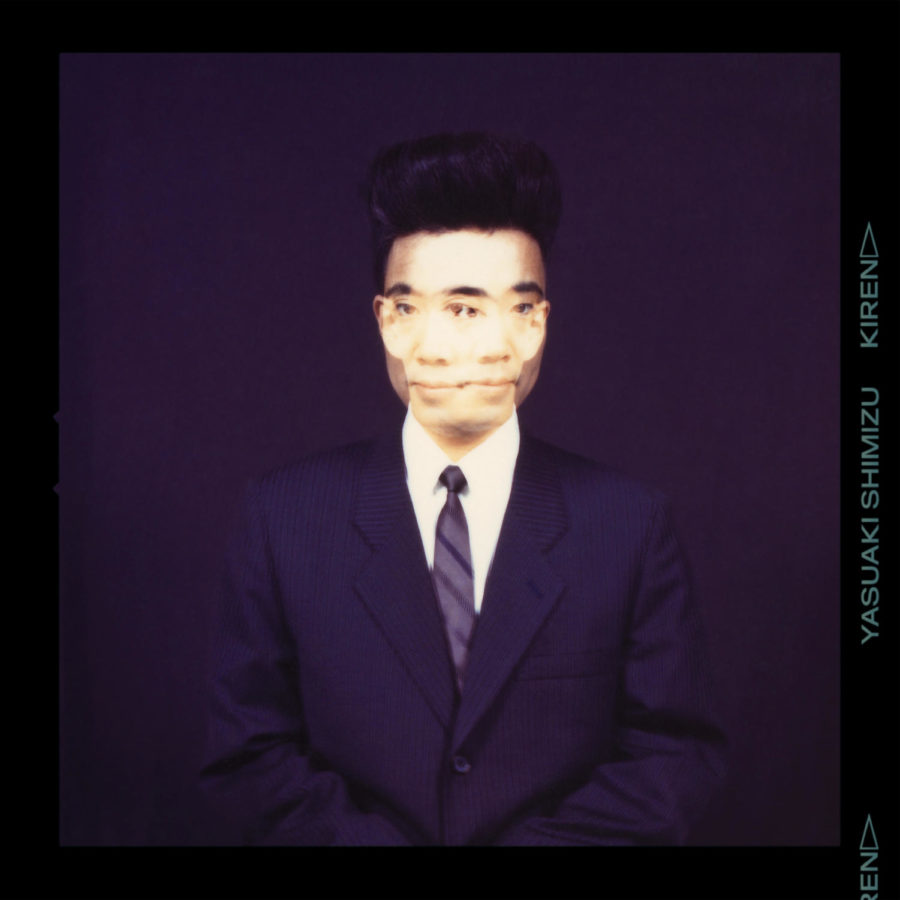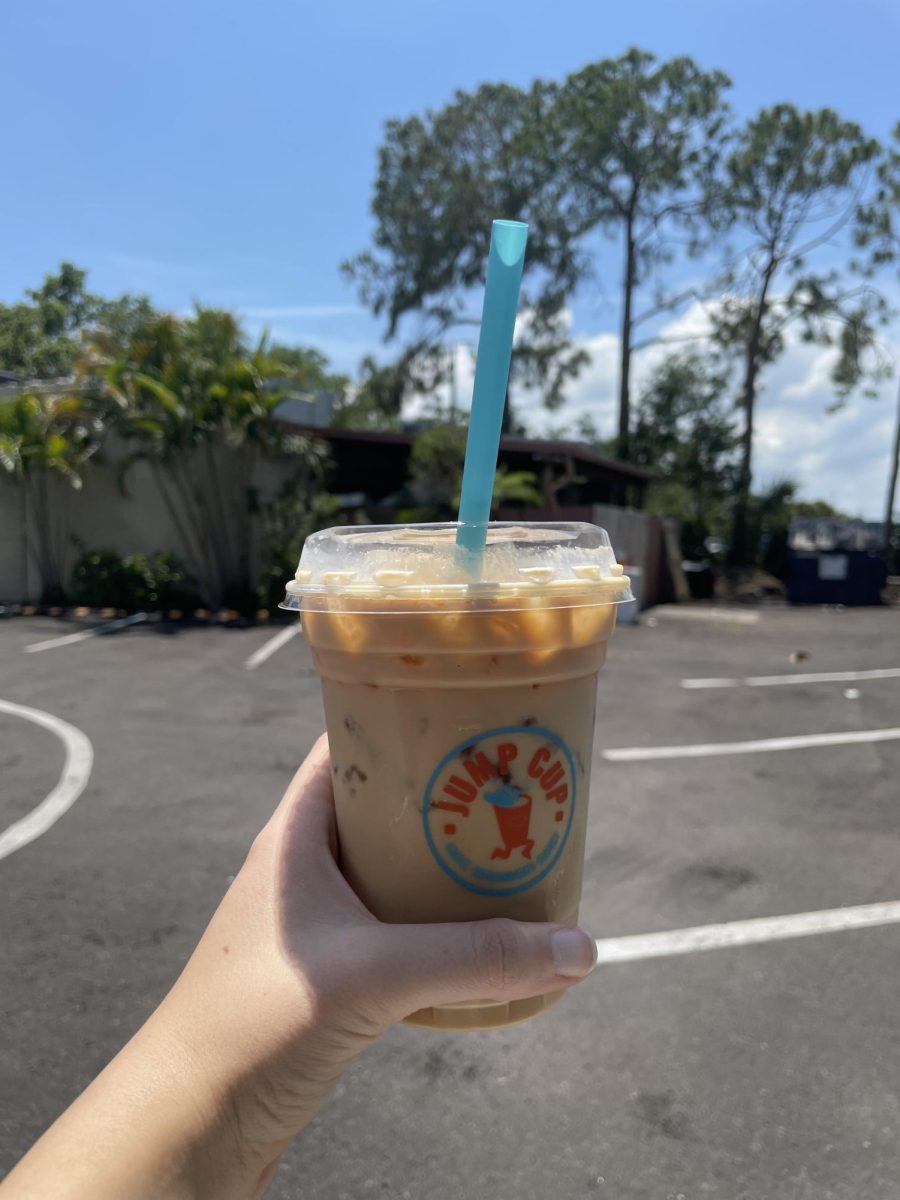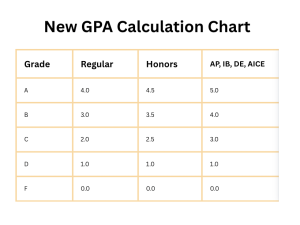Yasuaki Shimizu’s “Kiren”, Alien yet Inviting
A newly-unearthed archival album in the saxophonist’s discography acts as a missing link for his artistic career.
Photo Palto Flats Records
Cover art for Yasuaki Shimizu’s “Kiren”.
March 4, 2022
Despite being an incredibly prolific artist, Yasuaki Shimizu’s career has largely remained in the peripherals of public view for most of its existence, with what little western exposure being from some Scottish DJs and the Youtube recommendation algorithm. He began his career playing saxophone in Japan’s then-prolific jazz clubs, working with other musicians in rough groups throughout the ’70s. This eventually led to him becoming a staple session musician on a huge number of other artists’ works in the ’70s and ’80s.
During this time, he somehow managed to find the time for an equally prolific solo career, releasing 11 albums between 1978 and 1989 and founding the band Mariah during this time as well. These solo works revealed an incredibly diverse aspect of the artist’s music: his unorthodox compositional style found expression through experimental and daring production styles. Winding passages of dark art-pop mazed through his 1982 masterpiece “Kakashi”, while on the other end of the spectrum he crafted richly dense song-fragments on 1987’s Music for Commercials, an aggregate of incredibly short compositions designed for television use.
Throughout his discography Shimizu demonstrates great displays of contrast—traditional folk tunes distorted through waves of synthesizer and studio noise, high-court classical played through jazz instruments and sped up to careening intensity, surreal landscapes painted through his abstract-yet-familiar saxophone rotations and permutations.
This new record, “Kiren”, touted as the “missing link” between Shimizu’s seminal “Kakashi” and his later works under the ‘Saxophonettes’ moniker by reissue-label Palto Flats, reveals another facet of his surreal musical oeuvre, one darker and more beat-driven than perhaps anything he’s released before or since.
The elements involved here are familiar—that is, to those familiar with Shimizu’s music—however, the way they’re arranged on “Kiren” is new and refreshing. In particular, the structures seem to take on a more dancey, new-wave feel, in contrast to the modern classical structures of “Kakashi”‘s art-pop. This is apparent right off the cuff from the first track, “Ashita”, where a stuttering and tumbling drum pattern slowly develops into a frenetic beat cut by a mellow saxophone undertone.
The same energy shows up again on track three, “Asate”, which was used in promotional material for the album, and for good reason: it’s catchy, offbeat and dangerously veers into the danceable territory. This also has the first example of Shimizu’s hypnotic staccato saxophone tonguing pattern and it fits in perfectly, with a great sax solo delivered over top, never directly referential but always affecting. Sounds like a giant monument rising over a domestic city.
This ‘large’, ‘grand’ or ‘monumental’ feeling is what I think most distinguishes “Kiren” from Shimizu’s other works. “Kakashi” had a similar dark feeling to it, however, the folk elements and calmer atmosphere lent a more domestic sound. The synthetic textures and detached nature of dance music help set this apart in Shimizu’s discography.
It feels reductive, however, to compare every aspect of “Kiren” to “Kakashi”, as it’s by no means just a shadow of its predecessor. If anything, that’s a testament to the uniqueness of Shimizu’s work: the only things quite like it come from his other works.
The album’s second half is where I’ve found my favorite tracks. “Kagerofu”, the album’s centerpiece, lays down a gyroscopic drum pattern punctuated with a split-second vocal sample and a war-cry-like synth. A two-step beat blasts in and the track shifts from menacing to uplifting and back again with every change of the bass and harmony chords. The composition creates a generative progression of emotions, with each subsequent shift in chord and key laying a new frame over the infectious rhythm track. Track six, “Shiasate”, begins with a more conventional new wave beat, and Shimizu practically howls through his saxophone. Is it possible to sound triumphant and unnerving at the same time? Evidently so, but god only knows how Shimizu managed to do it.
But I won’t deny the album has a few faults: track two, “Momo no Hana”, feels a bit underdeveloped compositionally, like a few fragments of songs that never really coalesced. It’d fit easier nearer to the end of the album, but it still offers up some unique sounds. As for the rest of the album, I would’ve liked to hear some of Shimizu’s voice as well, à la his other solo works, but I suppose that’s kind of a futile criticism since this was recorded 38 years ago.
Perhaps the best track is the album’s closer, “Ore No Umi”. It starts with a lone funk guitar riff—an incredibly conventional sound, that sounds positively alien in the context of everything that came before it (amplified further by the rhythm: it’s one beat too long)—which gets progressively built upon both naturally and explosively at the same time, culminating in a beautiful soundstage that fills the ears to the limit. An oddly wistful end that brings the whole experience to a natural close.
Overall, “Kiren” represents pretty much exactly what it was touted as: it reveals a new facet of an artist whose music has continued to surprise listeners throughout his storied career. It sounds completely new and fresh, despite being over 30 years old, and stands on its own as a unique artistic statement just as much as any of his other works.
“Kiren” is available on all streaming platforms at the moment. You can also pre-order vinyl records and CD copies at Palto Flats’ Bandcamp Page or order a Japanese CD copy at Diskunion’s webstore.











